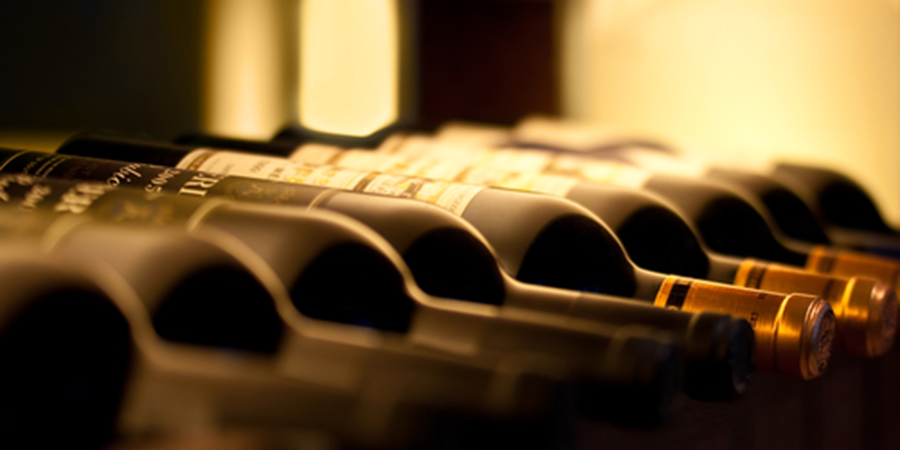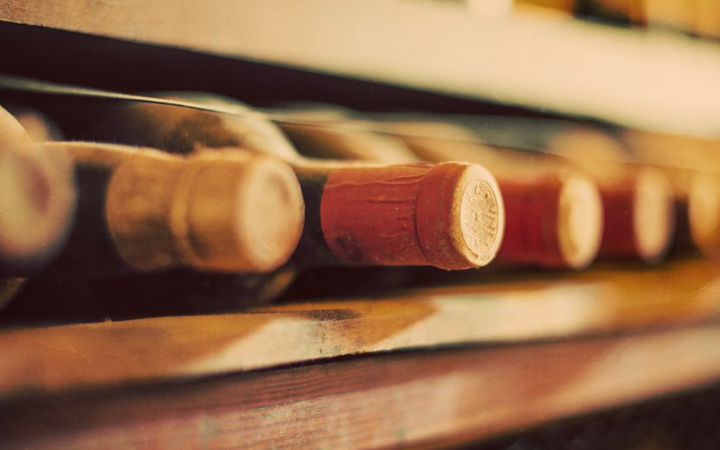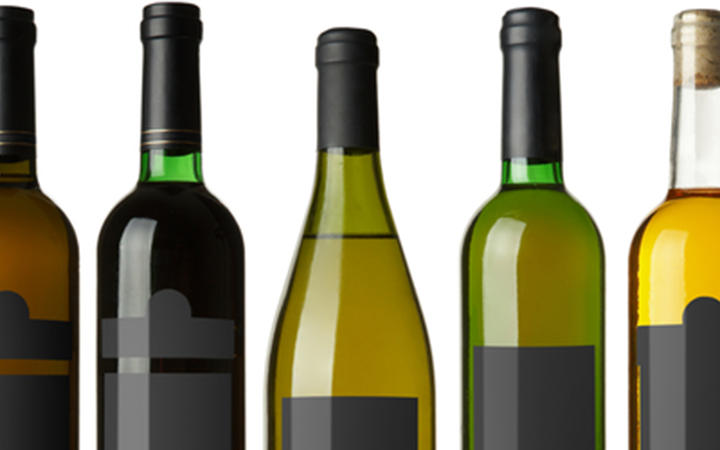If your only method of wine storage is the rack in your kitchen, you’re ruining good wine. Any worthwhile wine needs to be taken care of like a perishable food. You’ll need to know how to store wine properly and know the best practices. We have a few of the practices below:
Keep wine in the dark
UV rays and light sources can damage wines by hurting the chemical compounds and breaking them down. This can change the color, taste, texture, and overall quality. A wine exposed to repeated light sources can become a totally different wine. UV rays are not just found in sunlight. Incandescent and fluorescent lights can hold UV rays as well. Incandescent holds more than fluorescent and must be avoided. Some fluorescent lights hold very few UV rays, almost zero. Keep your bottles in a dark area that is only lit while in use. Wine Storage Partners wine storage facilities use motion sensor lights.
Maintain the right temperature
A consistent temperature is one of the most important features for proper wine storage. It’s recommended to store between 51-59 and degrees with most agreeing 55-57 is ideal. What can ruin a wine is fluctuations due to daily changes or extreme heat/cold exposure. Heat is the bigger worry. If you store your wine in your kitchen or dining room it will be exposed to daily fluctuations of 10-30 degrees depending on the season, exterior weather, your air conditioning use, and any other contributing heat factor in your home. If you keep it in a home cellar or wine fridge you are all set until the home refrigeration system fails! This happens to almost every home system at some point. A quality wine storage facility will have an industrial-grade refrigeration system that won’t fail and a plan B if the system fails or power goes out.
Control humidity
Similar to temperature conditions, humidity needs to be kept from going too high or too low. High humidity levels can deteriorate the labels, damage the cork, and foster an environment for mold. The label is important for re-sale value. If it’s too humid the cork will turn soft allowing oxygen to get into the bottle and creating a totally different wine, typically ruining what you’ve been saving. Mold can obviously damage the label and eat into the cork creating the same problems. Too low humidity levels can dry out the cork causing it to shrink up and also allow oxygen into the wine bottle. Humidity can vary more than heat and 65-70% is generally recommended but not set in stone. Anything above 80% or below 50% is a major issue.
Separate wine from other things
Keep wine in a designated area away from other items. You do not want perishable items with a short shelf life near your bottles. Any mold from other products can make its way to a nearby wine bottle. Rotting wood could have a similar effect. Hopefully, it goes without saying but do not store your wine in a chemical or utility closest. Strong chemical smells can affect wine.
Keep vibrations low
Too much vibration over time can affect a wine’s aging process as well. This is a little harder to prove but most likely true. Constant vibrations over time from a refrigerator, nearby laundry machine, or other outside force will disrupt the sediment in the bottle. After a wine is shipped (constant moving for several days) many wineries recommend letting the wine sit for a week plus to let the sediment calm down. Too much movement can make the wine feel grainy or sandy rather than smooth.
Use the best practices for your collection at home and make sure they’re followed at any wine storage facility you store your wine with.
To find immediate wine storage options visit Wine Storage Partners Sausalito location dedicated to perfect wine storage conditions.
Located and serving Marin County and the cities of Sausalito, Mill Valley, Tiburon, Belvedere, San Francisco, Corte Madera, Larkspur, San Rafael, San Anselmo, Fairfax, Greenbrae, Novato, and more. Contact Wine Storage Partners today.




[…] Advanced refrigeration systems suitable to keep large rooms at a steady 55 degrees […]